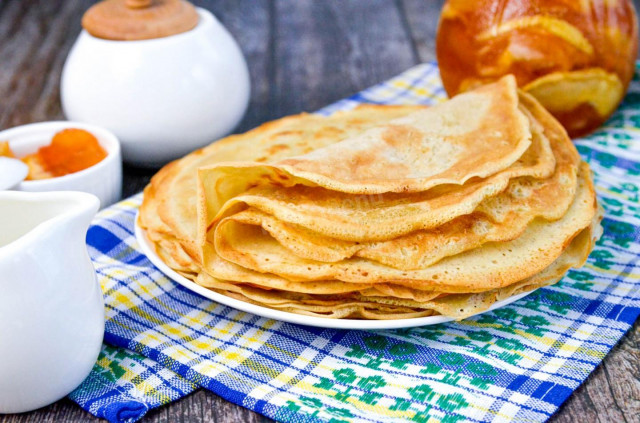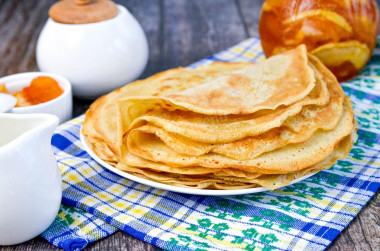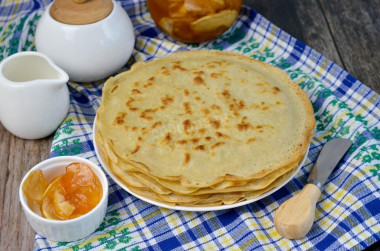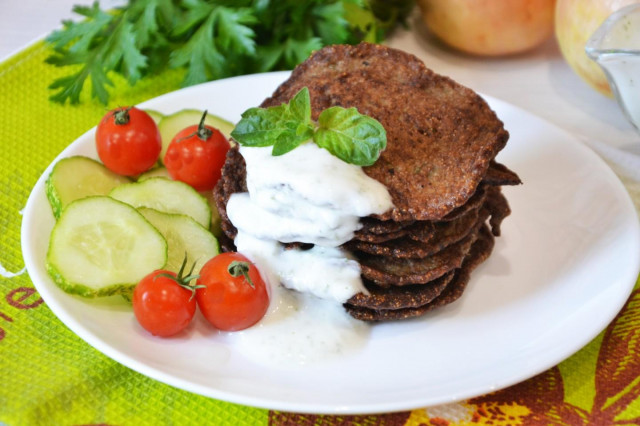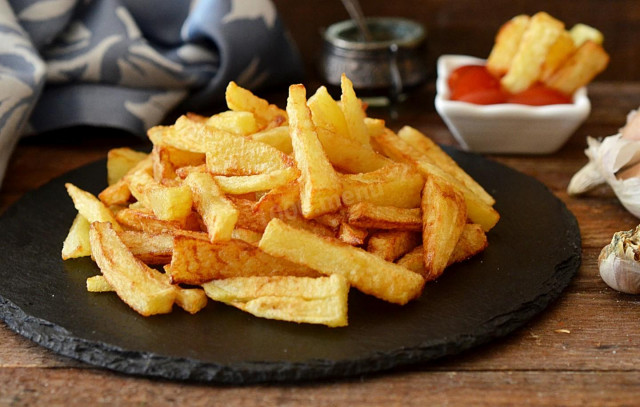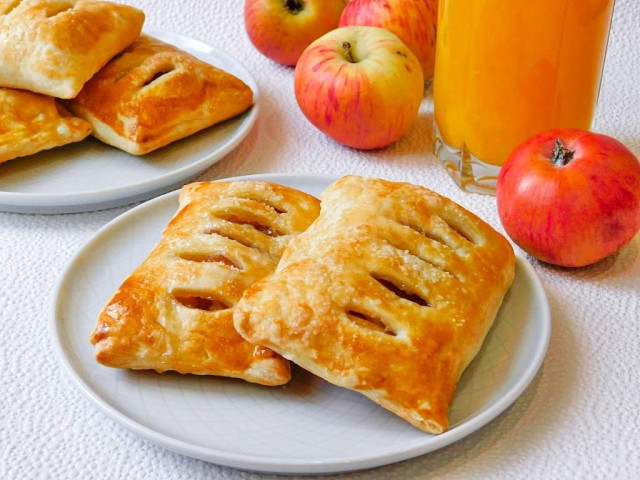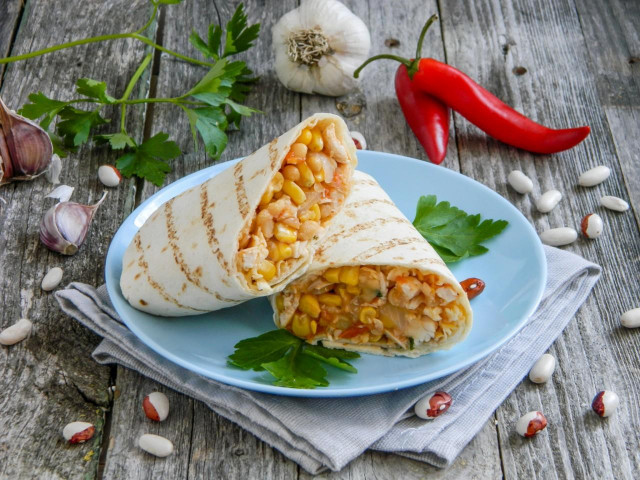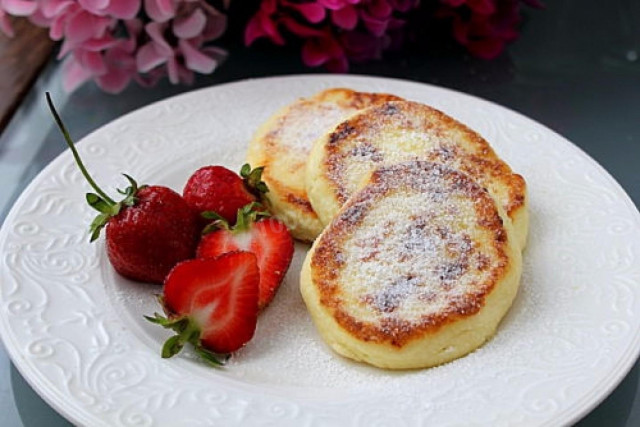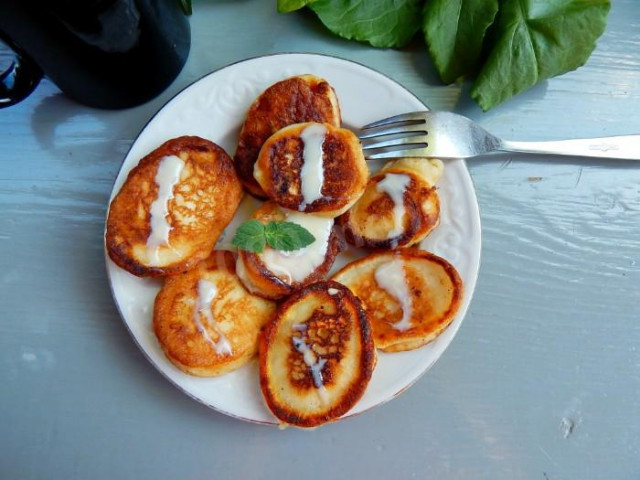Composition / ingredients
Step-by-step cooking
Step 1:
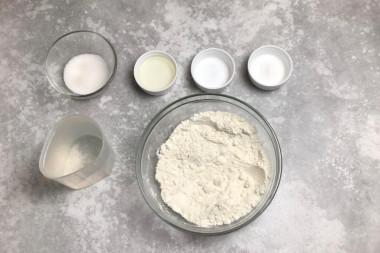
How to make thin pancakes on water without eggs? Prepare the products. Pre-boil the water and cool it to a warm state, then it will mix better with flour. Adjust the amount of sugar and salt to your liking. I was a little short of both.
Step 2:
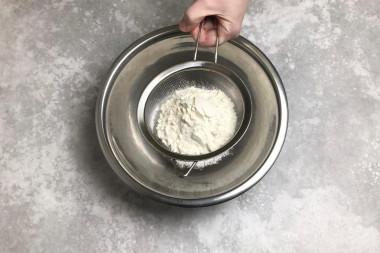
Sift flour. Do not skip this step when baking, sifting enriches the flour with oxygen, which makes baking more airy.
Step 3:
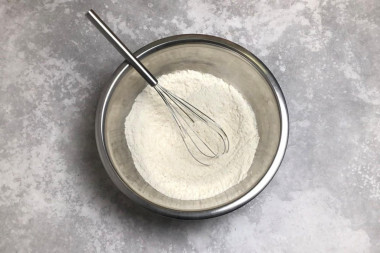
Add dry ingredients to the sifted flour: salt, sugar and soda. Mix well with a whisk.
Step 4:
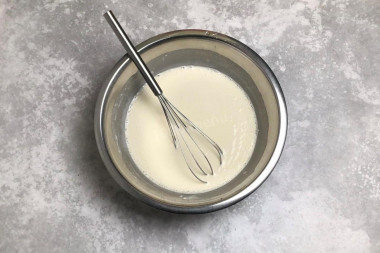
Pour water into the flour in small portions. To prepare the dough for pancakes, it is better to do it this way - pour the liquid into the flour, then there will be no lumps in it. After each serving of water, mix the dough well with a whisk. You can take a mixer, but the whisk copes with its task perfectly. As a result, the dough should turn out like liquid sour cream. If the dough turns out to be thick, add more water. Let it stand for 15-20 minutes.
Step 5:
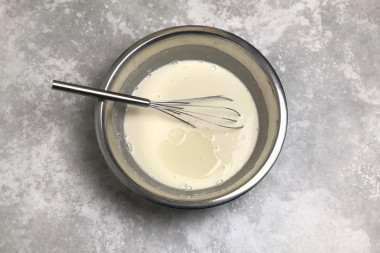
Add vegetable oil to the dough. This will not only improve the taste of pancakes, but also prevent them from sticking to the pan. Mix it up.
Step 6:
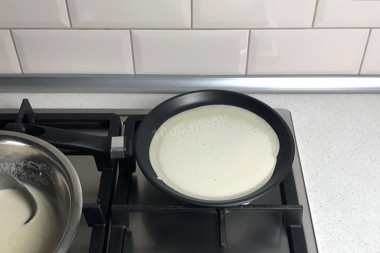
Heat the pan well. For baking pancakes, a cast-iron or special pancake, with a thick bottom, is best suited. I have a pancake pan with a non-stick coating. I don't grease it even at the beginning of baking. If you have a regular frying pan, then grease it with oil before the first pancake. Pour the dough into the pan by half of the ladle, distributing it well along the bottom in circular movements. Try to have a little dough so that the pancakes come out thin.
Step 7:
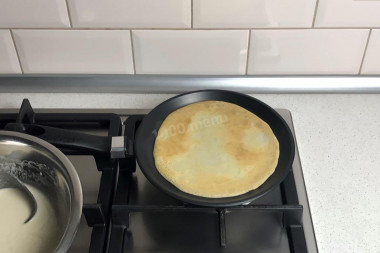
Fry the pancakes on both sides until browned, for a couple of minutes on each side.
Step 8:
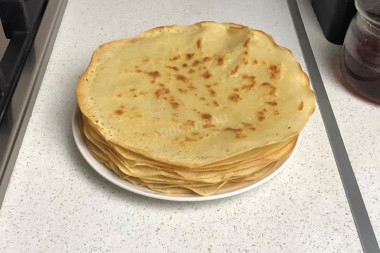
Stack the finished pancakes. Serve hot.
From this amount of dough I got 14 pancakes. Baked in a frying pan 18 cm in diameter. The pancakes turned out to be thin, crispy from the butter, which did not completely dissolve in the dough. Pancakes are tastier when hot, only from a frying pan.
Such pancakes, I think, will be delicious to serve stuffed. They are dense and do not tear. And the filling will enrich their taste.
Be prepared for the fact that flour may need more or less than indicated in the recipe. Focus not on the amount of flour, but on the desired consistency of the dough. To avoid mistakes, read about flour and its properties!
For cooking, it is better to use filtered or bottled water that is neutral in taste. If you use tap water, keep in mind that it can give the dish an unpleasant characteristic taste.
Is it possible to replace baking powder with soda, how to add them correctly so that the baking is lush, how to avoid an unpleasant soda taste and much more, read the article "Baking powder or baking soda - which is better?"
Calorie content of the products possible in the dish
- Whole durum wheat flour fortified - 333 kcal/100g
- Whole durum wheat flour, universal - 364 kcal/100g
- Flour krupchatka - 348 kcal/100g
- Flour - 325 kcal/100g
- Granulated sugar - 398 kcal/100g
- Sugar - 398 kcal/100g
- Vegetable oil - 873 kcal/100g
- Salt - 0 kcal/100g
- Water - 0 kcal/100g
- Baking soda - 0 kcal/100g

